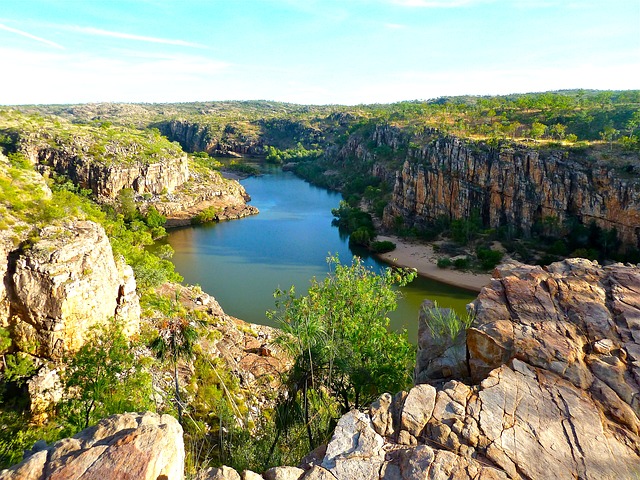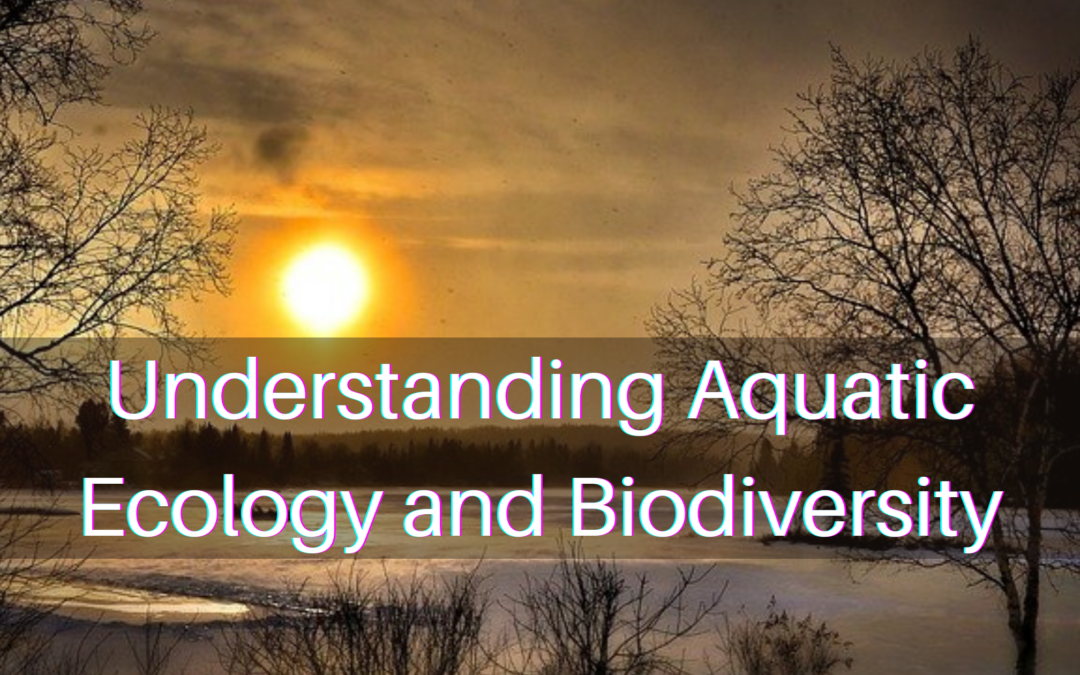Ecology is a study that entails interaction between one organism and another alongside their surroundings. The study is undertaken in all aquatic habitats such as lakes, oceans, ponds, wetlands, streams, and estuaries and this is also referred to as aquatic ecology. Marine ecology and freshwater ecology are the two dimensions of this field. Having an understanding of the fundamental components of aquatic ecosystems and also the interactions between the aquatic organisms and their surroundings can greatly help with controlling human impacts within these ecosystems.
Both the aquatic resources and their biodiversity are interrelated to one another and perform a range of functions which makes them valuable for the sustainability of biotic communities. Aquatic biodiversity in both the marine and freshwater environments continues to be under great decline due to the introduction of exotic plants or animals, overexploitation of species, and pollution that comes from the industries, cities, agricultural zones, and changes that take place within the ecological niche.
Importance of Ecological Management
Various countries have conservation and management bodies in the form of bio reserve points; bioregional management and even bodies involved with worldwide monitoring of the environment. These bodies help with ensuring the protection of aquatic biodiversity. The marine ecosystem is quite valuable economically but also very vulnerable and that’s why taking measures that ensure protection is vital.
Overexploitation of various fish species within the marine and freshwater ecosystem has the potential of causing a loss of genetic diversity. This can lead to the complete extinction of such species from the water bodies. Aquatic regions are suffering from habitat loss, degradation, and anthropogenic destruction, and measures aimed at restoration should be considered.

Building Blocks of Aquatic Ecosystems
All living organisms need water nutrients, carbon, oxygen, and energy in order to live well, grow and reproduce. Organisms are primarily composed of water and can hardly live without water. In aquatic habitats, water is also the source of oxygen. Engaging in watershed management has the potential of keeping the balance and ensuring the preservation of aquatic biodiversity.
Engaging in afforestation around water catchment or drainage areas can help with conserving the environment, minimizing sedimentation in the water systems, and controlling soil erosion. Such a move can help with providing an ideal survival environment for the aquatic fauna.
Preservation of Ecosystem
As a way of conserving the ecosystem, construction of thermal power plants, chemical factories, and industries adjacent to aquatic systems should be avoided as industrial effluent has the potential of damaging the environment supporting the aquatic system and that can result in loss of biodiversity. Regulation of urban wastewater discharge should be given priority so as to help enhance the conservation of the aquatic resource diversity.
Awareness should be created within the community and the society at large so that people are well informed of how their activities and actions can impact the environment. Various scientific reports indicate that habitats that have extended biodiversity tend to have better chances of adapting to new environments and are capable of re-growing from the various disasters.
Conclusion:
Having a healthy and functional aquatic environment is quite beneficial and awareness should be created to ensure such is maintained.
Join EAT Community and get more information on ecological preservation and sustainable ways of farming that improve the environment.



